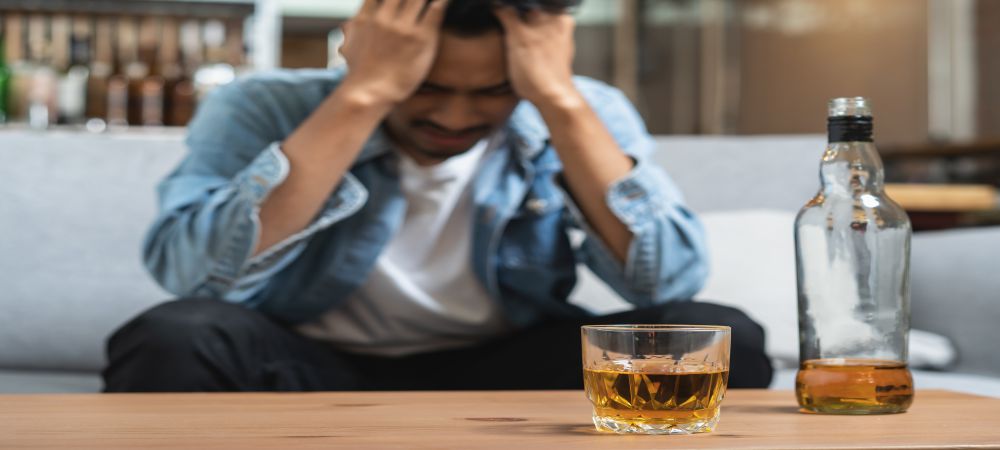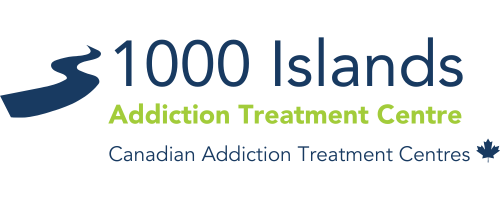
Symptoms Of Drinking Too Much Alcohol
Alcohol is like many things in life: in moderation it can be good, but overconsumption can lead to disaster. And like many things in life, it can be difficult to draw the line between what is reasonable and what is too much. The line is in a different place not only from one person to the next, but from one occasion to the next for the same person.
In other words, you might have a different level of tolerance to the person standing next to you. And what you consume today with no ill effects could give you a splitting headache next week.
This line is further blurred by the fact that alcohol inebriation is not merely accepted, in some instances it is celebrated and sought after. How many times have you heard someone state their intention of getting drunk at an upcoming party? Or brag about how many drinks they had last weekend? How often have you seen the most impaired person at a gathering being lauded as “the life of the party”?
In this article, we will look at some signs that it may be time for you to switch to water, and we will look at the troubling and sometimes tragic phenomenon of alcohol overdose.
How Much Is Too Much?
According to Canada’s low-risk alcohol drinking guidelines, people assigned male at birth (AMAB) should limit consumption to 15 drinks a week and no more than three drinks at a time, while those assigned female at birth (AFAB) should not exceed 10 drinks a week and two drinks at a time.
It is important to understand that these guidelines are based on generalizations about how AFAB and AMAB bodies work. People who are AFAB have lower body weight and blood volume, but their body fat percentage is higher, which puts them at higher risk of long-term health effects from overconsumption of alcohol. In addition, they produce less alcohol dehydrogenase enzyme, meaning their bodies do not break down alcohol as efficiently as the bodies of AMAB people.
Safety Limits Vary From Person To Person
The guidelines are just guidelines. Actual safe alcohol consumption limits vary widely from one person to the next based on several factors, including the following:
- Age, weight and state of health
- Whether you are taking any medications and if so, what those medications are
- Whether you are pregnant or breast/chest-feeding
- Whether you have a prior history of substance abuse
If you are in any doubt about if or how much alcohol you can consume, it is important that you seek the advice of a licensed medical practitioner. What is safe for your neighbour or relative may not be safe for you.
How Do I Know I’ve Been Drinking Too Much Alcohol?
In general, the human body is capable of metabolizing one standard unit of alcohol per hour. If you consume more than that, you will start to feel the effects of mild alcohol intoxication. These include the following:
- Overinflated sense of confidence
- Lowered inhibitions
- Talkativeness
- A sense of relaxation or tranquility
- Mildly impaired motor skills, such as unsteadiness on the feet
- Reddening or flushing of the skin
If you continue to drink in spite of these symptoms, you may experience moderate intoxication, which has the following signs:
- Mood swings
- Inhibitions that are lowered to the extent that you engage in potentially high-risk behaviour, such as driving impaired
- Increased motor skill deficits, slurred speech, and blurred vision
- Confusion, impaired attention, and poor judgment
- Reduced reflexes and reaction time
- Sleepiness
- Headaches and dizziness
- Nausea and vomiting
Legal Driving Limits Do Not Mean Safe Driving Limits
Few people would argue that driving while impaired is extremely dangerous, not only for the person driving, but for any passengers as well as other users of the road. In Ontario, the maximum legal blood alcohol content (BAC) while driving is 80 milligrams of alcohol for every 100 millilitres of blood, which translates to BAC of 0.08.
It is illegal to operate a motor vehicle with BAC over this level, and many people use this figure to determine how many drinks they can have in order to legally drive. But the question should not only be about legality, it should also be whether it is safe to drive. People have different levels of tolerance. One person can be over the legal BAC without showing any signs of impairment, while someone else could have a fraction of the legal BAC and be obviously intoxicated.
The best course of action is to avoid any drinking and driving. Arrange for alternative transportation prior to the party, or leave your car at the venue, get an Uber or a cab home, and retrieve your car the following day.
The Dangers Of Alcohol Poisoning
When you consume alcohol, it gets absorbed directly into your bloodstream through the stomach wall, and it immediately starts to circulate through your body. A single glass of wine or a beer are not likely to produce effects: your blood will pass through your liver, which will break down the alcohol so the body can get rid of it.
But the liver can only do so much. The more you drink, the more alcohol you will have circulating in your body while the liver is working overtime trying to deal with it all. As the alcohol is being transported to various parts of your body, you start to feel the effects of intoxication.
If you continue to drink, you can eventually get to the point where the parts of your brain that are responsible for supporting life start to shut down – examples include breathing, heart function, and temperature control.
What Are The Symptoms Of Alcohol Poisoning?
The symptoms of alcohol poisoning include the following:
- Difficulty maintaining or regaining consciousness
- Slow or irregular breathing: fewer than eight breaths a minute, or gaps of at least 10 seconds between breaths
- Vomiting
- Extreme mental confusion
- Slow or irregular heart rate
- Loss of reflexes
- Skin that is cold or clammy to the touch, or skin that is pale or blue-tinged
- Seizures
How To Help Someone Who Is Experiencing Alcohol Overdose
If you are with someone who is showing signs of alcohol overdose, it is imperative that you do not leave them unattended. They could be at risk of falling or choking. Immediately call for medical help, and stay with the person until help arrives.
If you can, get the person onto the ground in a sitting or semi-reclined position. If they are lying down, roll them onto their side.
When paramedics arrive, be prepared to tell them everything you know about what and how much the person drank, and whether they used any other substances or medications.
Getting Help For Problem Drinking
Located in a beautiful setting, Thousand Islands Rehab Centre provides customized alcohol addiction treatment programs that respect and value the uniqueness of all people. As a top addiction rehabilitation centre we provide an environment conducive to healing, and you will be guided by staff who are compassionate and non-judgmental. Call us today to learn more, or to get started on your healing journey.

